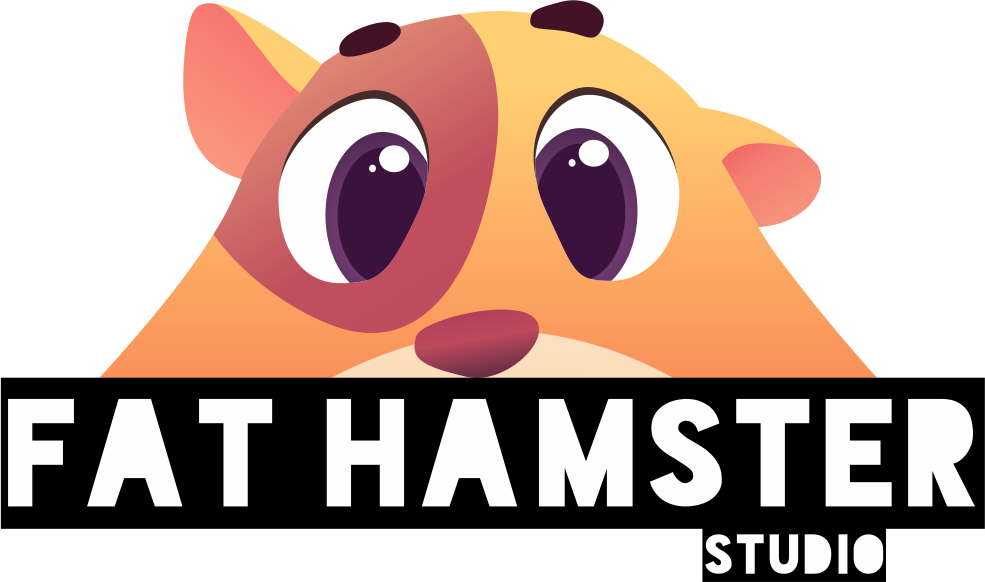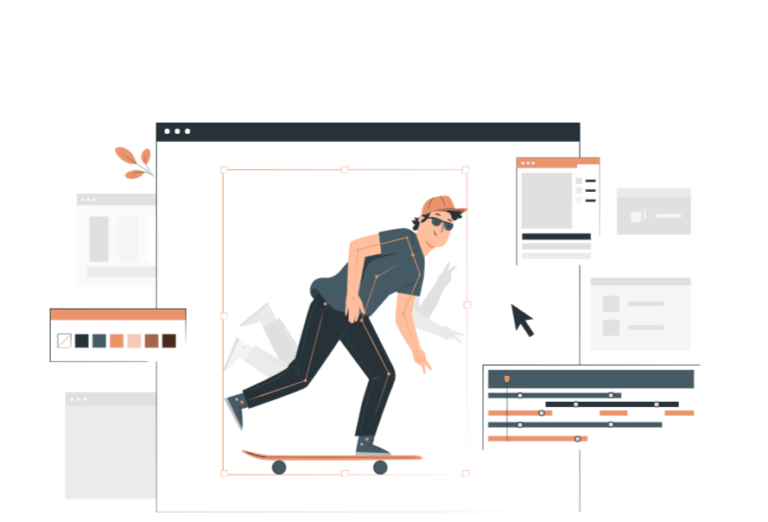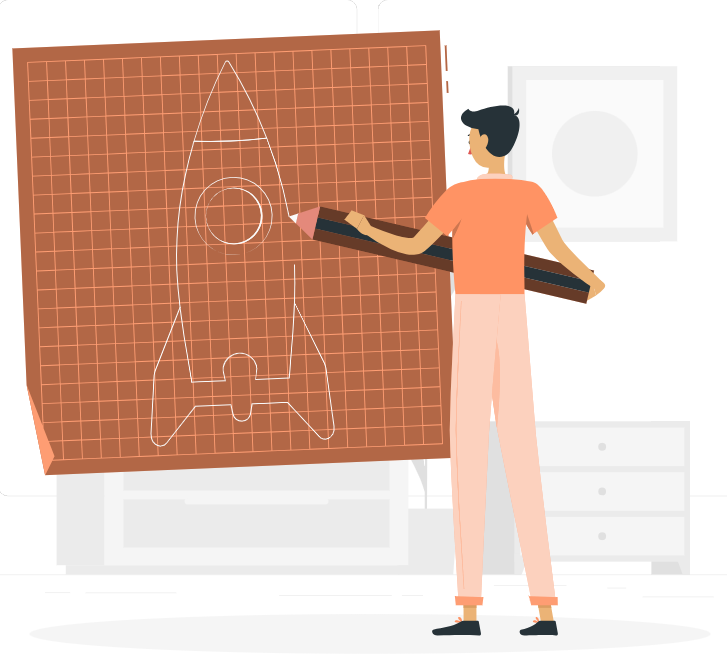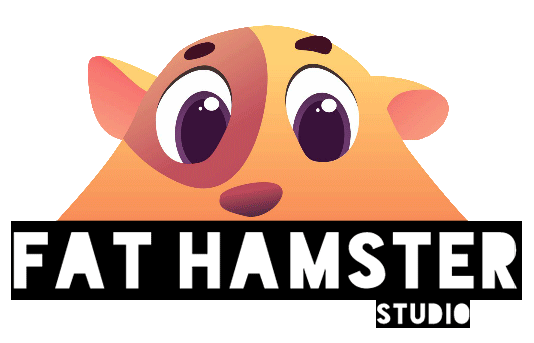Animation has long been synonymous with entertainment, but its potential is expanding rapidly beyond the silver screen. Today, animation is making a profound impact across various industries, particularly in healthcare, architecture, and corporate training.
In the healthcare sector, animation is transforming medical visualization. Complex procedures, human anatomy, and even disease mechanisms are being brought to life in ways that traditional methods can’t match. Animated models allow doctors, medical students, and patients to visualize intricate details of the human body, improving understanding and communication. This enhances training, patient education, and even aids in surgical planning, where 3D simulations can demonstrate procedures before they’re performed.
Architecture is also embracing animation, with 3D walkthroughs becoming an essential tool for both designers and clients. These immersive simulations enable architects to present building designs in a more interactive way, giving clients a better understanding of how a space will look and function. This visualization tool is invaluable during the planning and approval phases, as it provides a realistic view of the end result before construction even begins.
In corporate training, animation is making learning more engaging and effective. Interactive simulations, gamified learning, and animated tutorials are being used to train employees on a variety of skills, from safety procedures to customer service. These visual aids not only enhance comprehension but also boost retention, making corporate training programs more impactful.
As industries continue to recognize the potential of animation beyond entertainment, its applications in healthcare, architecture, and corporate training are set to grow, transforming how we learn, design, and communicate. The future is animated, and it’s shaping a wide range of sectors in exciting ways.





